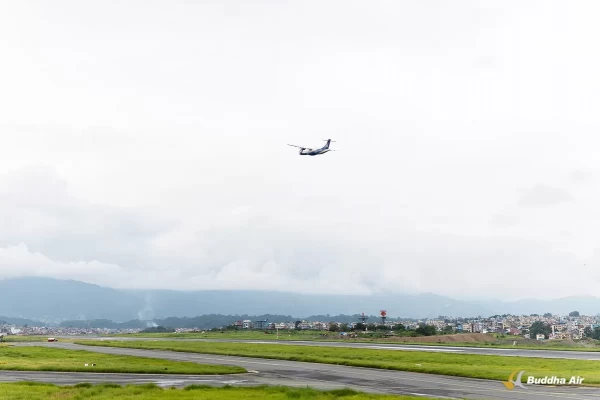Understanding Flight Paths - Why Planes Do Not Fly Straight

How can airplanes have specific pathways when the air is free and invisible? This is a question that may have popped into most of our heads at one point or the other.
Air travel has revolutionized the way we explore the world, making distant destinations accessible within hours. However, one aspect of air travel that often confuses passengers is why aircrafts don’t take straight routes to their destinations. The concept of flight paths plays a crucial role in ensuring safety, efficiency, and environmental sustainability. Let’s delve into why planes follow curved routes and how flight routes are meticulously planned.
Why Are Flight Paths Curved?
The Earth’s spherical shape is the primary reason why flight paths appear curved on a map. When plotting the shortest distance between two points on a globe, the route forms an arc known as the Great Circle Route. This path minimizes the distance travelled, saving fuel and time. For instance, flights between Nepal and Europe often take a curved route over Central Asia instead of flying straight across.
In addition to the Earth’s curvature, wind patterns such as jet streams significantly influence flight routes. Jet streams are high-altitude air currents that can either speed up or slow down an aircraft depending on its direction. Pilots often adjust their paths to take advantage of these winds, ensuring a smoother and more efficient journey.
Safety Considerations in Flight Paths
Safety is the top priority in aviation, and flight paths are designed to avoid potential hazards. Air Traffic Control (ATC) systems play a critical role in managing the airspace and ensuring that planes maintain safe distances from one another. Routes are planned to avoid severe weather conditions, restricted airspace, and areas of geopolitical tension. For example, flights departing from Nepal’s Tribhuvan International Airport may adjust their paths to avoid mountainous terrain and turbulent weather patterns.
You may also like: Air Traffic Control (ATC): How It Ensures Safe Skies
Environmental Factors
Modern aviation is increasingly focused on reducing its environmental impact. By optimizing flight routes, airlines aim to lower fuel consumption and carbon emissions. Advanced navigation systems and satellite technology help pilots find the most efficient paths, contributing to global efforts to combat climate change. Nepal, with its rugged terrain and unique weather patterns, serves as an excellent example of how technology and strategy work together to create safe and eco-friendly flight paths.
Historical Evolution of Flight Routes
In the early days of aviation, flight routes were limited by the range of aircraft and the availability of navigational aids. Pilots relied on visual landmarks and rudimentary instruments to find their way. Over time, advancements in technology, such as GPS and radar, have revolutionized navigation, allowing for more precise and flexible flight paths. Nepal’s aviation history reflects this evolution, with its airports now equipped with state-of-the-art systems to manage complex airspace.
Conclusion
Understanding flight paths takes us into the intricacies of modern aviation. These routes are not just about getting from point A to point B; they comprise safety, efficiency, and environmental considerations. Whether you’re exploring Nepal’s majestic landscapes or travelling to distant lands, the meticulous planning behind flight routes ensures a safe and pleasant journey. So the next time you board a plane, you’ll have a deeper appreciation for the science and strategy that keep the skies safe and efficient.
